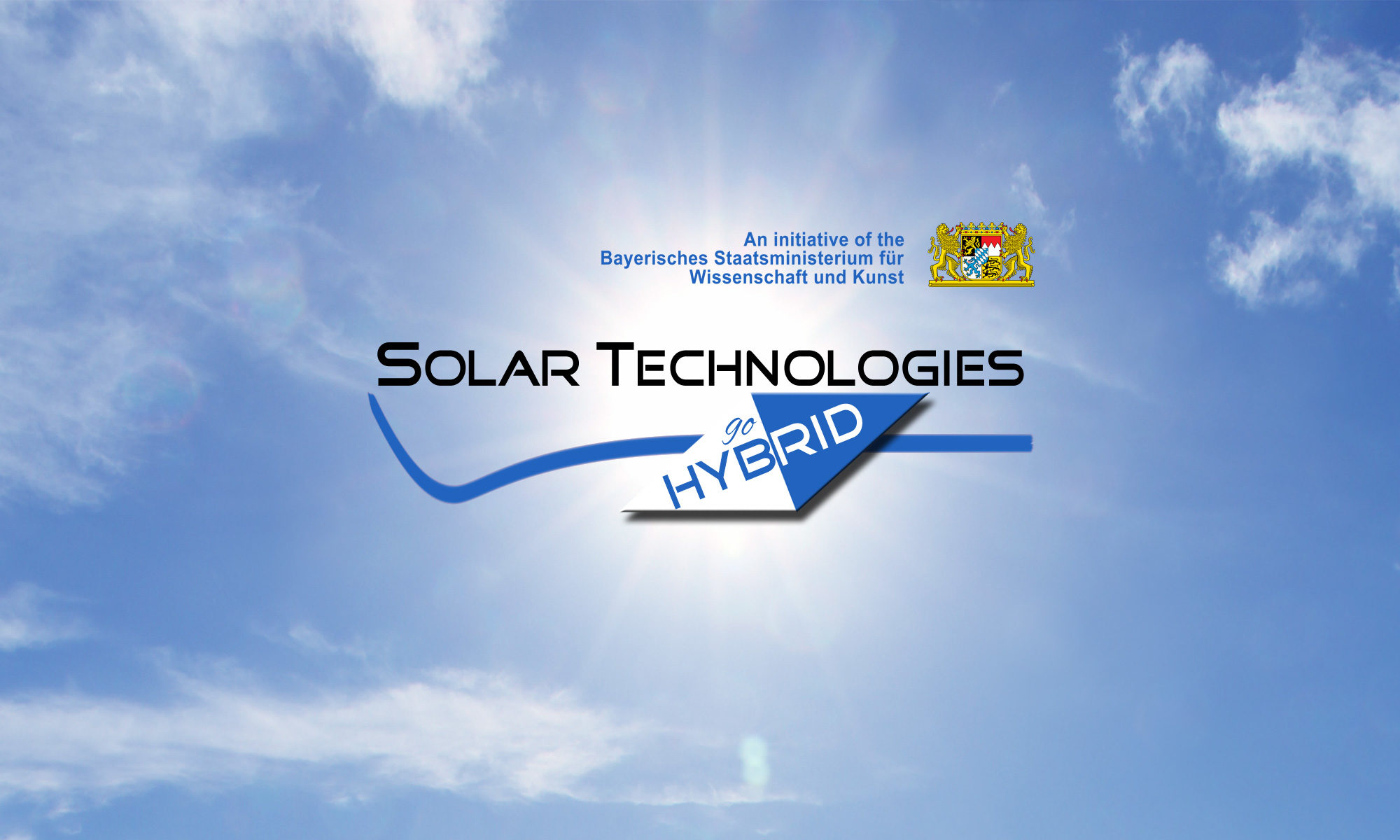Search references:
| 1. | Yang, Dan; Grott, Sebastian; Jiang, Xinyu; Wienhold, Kerstin S; Schwartzkopf, Matthias; Roth, Stephan V; Müller-Buschbaum, Peter: In Situ Studies of Solvent Additive Effects on the Morphology Development during Printing of Bulk Heterojunction Films for Organic Solar Cells. In: Small Methods, 4 (9), pp. 2000418, 2020. (Type: Journal Article | Abstract | Links | BibTeX) @article{Yang2020, title = {In Situ Studies of Solvent Additive Effects on the Morphology Development during Printing of Bulk Heterojunction Films for Organic Solar Cells}, author = {Dan Yang and Sebastian Grott and Xinyu Jiang and Kerstin S Wienhold and Matthias Schwartzkopf and Stephan V Roth and Peter Müller-Buschbaum}, url = {https://onlinelibrary.wiley.com/doi/abs/10.1002/smtd.202000418}, doi = {https://doi.org/10.1002/smtd.202000418}, year = {2020}, date = {2020-01-01}, journal = {Small Methods}, volume = {4}, number = {9}, pages = {2000418}, abstract = {Abstract The development of polymer morphology and crystallinity of printed bulk heterojunction (BHJ) films doped with the different solvent additives 1,8-diiodooctane (DIO) or diphenyl ether (DPE) is investigated with in situ grazing-incidence small/wide-angle X-ray scattering. The solvent additives, having different boiling points, lead to a different film drying behavior and morphology growth states in the BHJ films of the benzothiadiazole-based polymer (PPDT2FBT) and [6,6]-phenyl-C71-butyric acid methyl ester (PC71BM). The phase demixing in the printed films is changing over time along with solvent evaporation. Polymer domains start aggregating to form larger domains in the liquid–liquid phase, while phase separation mainly occurs in the liquid–solid phase. The present work provides a profound insight into the morphology development of printed BHJ films doped with different solvent additives, which is particularly important for the large-scale fabrication of organic photovoltaics.}, keywords = {}, pubstate = {published}, tppubtype = {article} } Abstract The development of polymer morphology and crystallinity of printed bulk heterojunction (BHJ) films doped with the different solvent additives 1,8-diiodooctane (DIO) or diphenyl ether (DPE) is investigated with in situ grazing-incidence small/wide-angle X-ray scattering. The solvent additives, having different boiling points, lead to a different film drying behavior and morphology growth states in the BHJ films of the benzothiadiazole-based polymer (PPDT2FBT) and [6,6]-phenyl-C71-butyric acid methyl ester (PC71BM). The phase demixing in the printed films is changing over time along with solvent evaporation. Polymer domains start aggregating to form larger domains in the liquid–liquid phase, while phase separation mainly occurs in the liquid–solid phase. The present work provides a profound insight into the morphology development of printed BHJ films doped with different solvent additives, which is particularly important for the large-scale fabrication of organic photovoltaics. |
References (last update: Sept. 23, 2024):
2020 |
Yang, Dan; Grott, Sebastian; Jiang, Xinyu; Wienhold, Kerstin S; Schwartzkopf, Matthias; Roth, Stephan V; Müller-Buschbaum, Peter In Situ Studies of Solvent Additive Effects on the Morphology Development during Printing of Bulk Heterojunction Films for Organic Solar Cells Journal Article Small Methods, 4 (9), pp. 2000418, 2020. Abstract | Links | BibTeX | Tags: crystallinity, morphology, PPDT2FBT:PC71BM films, printing, solvent additive @article{Yang2020, title = {In Situ Studies of Solvent Additive Effects on the Morphology Development during Printing of Bulk Heterojunction Films for Organic Solar Cells}, author = {Dan Yang and Sebastian Grott and Xinyu Jiang and Kerstin S Wienhold and Matthias Schwartzkopf and Stephan V Roth and Peter Müller-Buschbaum}, url = {https://onlinelibrary.wiley.com/doi/abs/10.1002/smtd.202000418}, doi = {https://doi.org/10.1002/smtd.202000418}, year = {2020}, date = {2020-01-01}, journal = {Small Methods}, volume = {4}, number = {9}, pages = {2000418}, abstract = {Abstract The development of polymer morphology and crystallinity of printed bulk heterojunction (BHJ) films doped with the different solvent additives 1,8-diiodooctane (DIO) or diphenyl ether (DPE) is investigated with in situ grazing-incidence small/wide-angle X-ray scattering. The solvent additives, having different boiling points, lead to a different film drying behavior and morphology growth states in the BHJ films of the benzothiadiazole-based polymer (PPDT2FBT) and [6,6]-phenyl-C71-butyric acid methyl ester (PC71BM). The phase demixing in the printed films is changing over time along with solvent evaporation. Polymer domains start aggregating to form larger domains in the liquid–liquid phase, while phase separation mainly occurs in the liquid–solid phase. The present work provides a profound insight into the morphology development of printed BHJ films doped with different solvent additives, which is particularly important for the large-scale fabrication of organic photovoltaics.}, keywords = {crystallinity, morphology, PPDT2FBT:PC71BM films, printing, solvent additive}, pubstate = {published}, tppubtype = {article} } Abstract The development of polymer morphology and crystallinity of printed bulk heterojunction (BHJ) films doped with the different solvent additives 1,8-diiodooctane (DIO) or diphenyl ether (DPE) is investigated with in situ grazing-incidence small/wide-angle X-ray scattering. The solvent additives, having different boiling points, lead to a different film drying behavior and morphology growth states in the BHJ films of the benzothiadiazole-based polymer (PPDT2FBT) and [6,6]-phenyl-C71-butyric acid methyl ester (PC71BM). The phase demixing in the printed films is changing over time along with solvent evaporation. Polymer domains start aggregating to form larger domains in the liquid–liquid phase, while phase separation mainly occurs in the liquid–solid phase. The present work provides a profound insight into the morphology development of printed BHJ films doped with different solvent additives, which is particularly important for the large-scale fabrication of organic photovoltaics. |
